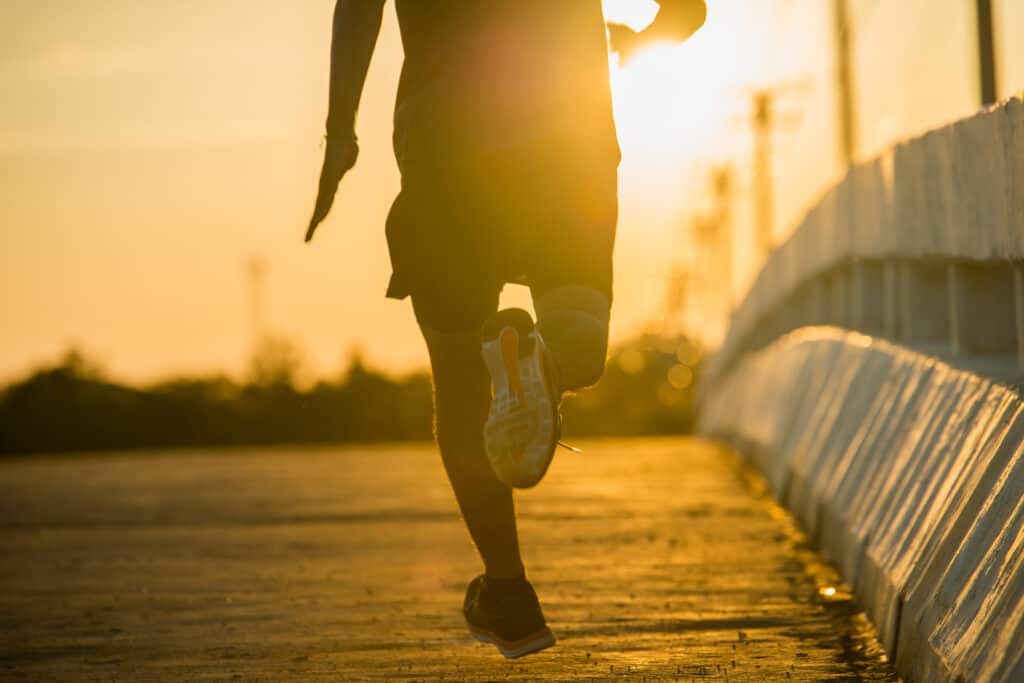Many individuals have desk jobs that requires them to sit in front of a computer during the day. If this is the case, it’s important to get up and move often during each hour you sit at the office. The more this can be done the better. In addition, many people are just not moving as much as they were before the pandemic. The by-product of this inactivity and sitting? Our total energy expenditure drops off dramatically over the course of a typical work day. It is totally understandable. As a result, though, a whole new field of study was developed called inactivity physiology.
Inactivity Physiology Defined
The inactivity physiology paradigm can be defined as:
“Inactivity physiology represents a paradigm shift for how we think about how lifestyle causes disease. Simply put, the inactivity physiology paradigm says that “too little exercise” is not the same as “too much sitting” (physical inactivity) and that too much sitting has very potent effects on the body contributing to the most common diseases.”
Think about this for a minute. You get up early to go for an hour run or head to the gym for a long workout. You then hop in the car and drive 30-45 minutes or more to work. Once you arrive at the office, what happens? That’s right, you sit in front of your computer to work and for meetings. It doesn’t end there, most typically sit during lunch and throughout the rest of the day. After work you repeat the 30-45 minute drive home, which is now most likely longer due to rush hour traffic. After you get home you relax a bit, sit and catch the news, sit more during dinner and then watch more TV following dinner.
More Daily Activity is Needed
Well if that is the case, then (most) of the benefits derived from your workout earlier in the day may be erased. Now I know you stressed your body during that hour run or strength training workout at the gym. You may think loading your bones and muscles and alleviating some stress is enough. This is all good. But the issue remains, you’re sitting for eight hours or more each day.
Let’s be honest, we can all increase our activity level a bit more …don’t you think? You need to increase the activity you do throughout the day – above and beyond your exercise session…it’s critical for your health. There is abundance of research showing that additional energy expenditure during the day is vital for long-term health. According to Knudsen and colleagues, “aerobic capacity fell 7 percent in 14 days after reducing steps from 10,000 to 1,500 a day in active men not in exercise programs.” Here are some tips to help avoid this and add more activity throughout your day.
10 Ways to Help Prevent Inactivity Physiology
To offset all the sitting, try adding a few of these “exercise bites” throughout your day in order to increase activity, especially while at work.
- Build a standing work station at the office.
- Kneel periodically at your desk (when checking emails) and stretch those tight hip flexors.
- Get up every 20 minutes if you have a desk job and move and/or stretch.
- If your errands are <1 mile from your house – choose walking/biking rather than driving.
- Have “walking conference call” meetings at the office rather than sitting at a conference table.
- Whenever you take calls on a cell phone make sure you get up and walk and talk.
- Wear a pedometer and add 500 steps a day (goal: 10k/day) see Knudsen research paper below.
- Turn your lunch into your workout time. Or take a long walk.
- Limit your TV watching to <10 hours a week.
- Your goal this week: try to stand one hour more each day over the course of the week.
Suggested Reading
Too Much Sitting is Hazardous to Your Health. Len Kravitz, PhD
Are We Facing a New Paradigm of Inactivity Physiology? Br J Sports Medicine.
Is Sitting a Lethal Activity? NY Times article by James Vlahos
Genomic Aspects of Exercise, Inactivity, and Health, Frank Booth, PhD
Reference
Knudsen, S. H., Hansen, L. S., Pedersen, M., Dejgaard, T. et al. (2012). Changes in insulin sensitivity precede changes in body composition during 14 days of step reduction combined with overfeeding in healthy young men. Journal of Applied Physiology.
Stay Strong Together
Millions of members have had great success transforming their bodies using the Jefit app. The app is an advanced customizable workout planner, training log, that can track data and share workouts with friends. Take advantage of Jefit’s huge exercise database for your strength workouts. Visit our members-only Facebook group. Connect with like-minded people, share tips, and advice to help get closer to reaching your fitness goals. Stay strong with Jefit.
- Fibermaxxing: Viral Nutrition Trend You Should Know - December 17, 2025
- Hybrid Metabolic Strength Training for Faster Results - December 10, 2025
- Why Lifters Choose JEFIT App for Real Strength Gains - December 3, 2025
